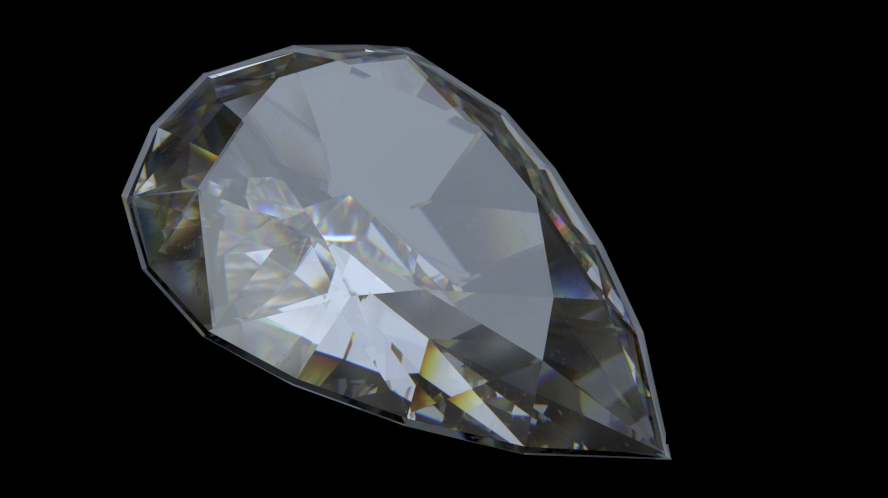When Cutting Factory works towards a video production, we use concept art to help us start a project. This style of art is a quick and cost-efficient way of illustrating ideas and concepts before the project enters production.
What is concept art?
Generally, concept art is a way of quickly developing the look of environments, important objects, creatures, and characters that don’t yet exist.
It is generally created in close communication with the directors and producers, to realise the director’s vision of the project through simple sketches. These become more developed during the process and go through several phases: Starting as simple, basic sketches that then go through several rounds of refinement until there’s a final design that is then handed off to the rest of the art department, for implementation during production (by 3D artists and VFX artists and the like).
Why do we use concept art?
Concept art is also used to show the progress of the project to clients and investors, to let them see if the project is what they had in mind. When the concept phase is completed, the art is often reworked and reused for advertising. For big productions, there are often “art of [production]” books that show how the final product was developed through the art.In general, while concept art may often be implemented in a very similar fashion, the artists that come later during production are also capable artists in their own rights, so concept art is often used as inspiration for the tone or mood a film is aiming for. It is often a “visual guide” in terms of what both the clients and directors expect.
Concept artists have to understand the basics of art (how to use perspective, colours, lighting, texturing in ways that show what an object is made out of, etc) while also being able to generate ideas quickly and creatively.
(Images above: Conceptualised robots for a video production)
How is it used in the video production pipeline?
It starts at the very beginning of the project in pre-production, often at the same time as the development of the script and the storyboards/animatic. In many cases, concept art is also used to help the director clarify and define the story they want to tell. When concepts have been approved, they are then handed over to the 3D artists and VFX artists, to be implemented for the final product. Most of the time, a concept artist’s job is done when the project enters production, when all questions regarding the look, tone, and feel of a project have been decided upon – but they may also stay on as a team-member for the rest of the project.
How is this artwork made?
These days, concept artists often (but not always) work in Photoshop or similar digital painting software. Some concept artists also blend 2D art with 3D to use the perspective/lighting/shading 3D enables, and then paint over it in 2D for the finer details, textures, etc.
Besides knowing all foundations of the finer arts, concept artists also have to be capable graphic designers, and able to finalise their work to a very strict deadline.
Below is an example of concept art made by Cutting Factory’s team. This is a snake made for a music video.





